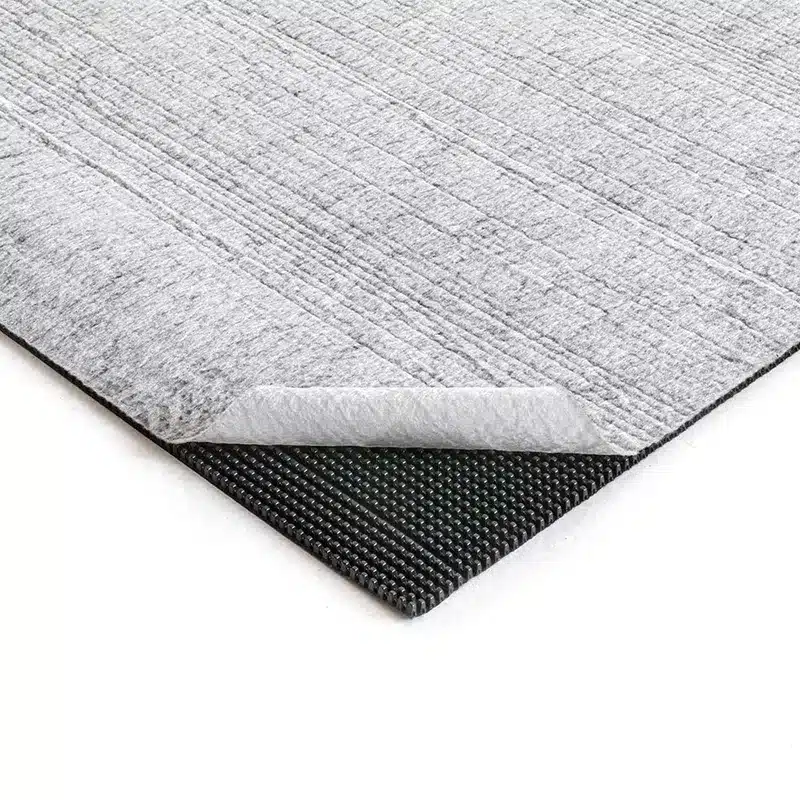+86-159 9860 6917
info@geofantex.com
geofantex@gmail.com
+86-400-8266163-44899
The weight of geotextile fabric is a crucial factor that directly impacts its performance and suitability for a wide range of civil engineering applications. Fabric weight influences the material’s strength, filtration capacity, durability, and overall functionality. Whether used in road construction, soil stabilization, drainage systems, or erosion control, selecting the right geotextile weight is vital for ensuring long-term stability and project efficiency. A clear understanding of how fabric weight and density affect performance helps engineers make informed choices, reduce risks, and optimize costs.

What Is the Density of Geotextile Fabric?
Choosing the correct geotextile weight is crucial for ensuring your project meets performance and durability requirements. Geotextiles are generally classified into three weight categories:
| Type | Weight Range | Common Applications |
|---|---|---|
| Lightweight | 80–150 g/m² (2.4–4.5 oz/yd²) | Drainage, landscaping, separation layers |
| Medium weight | 150–300 g/m² (4.5–9 oz/yd²) | Road construction, filtration, erosion control |
| Heavyweight | 300–1000+ g/m² (9–30 oz/yd²) | Reinforcement, embankments, retaining walls |
Key Takeaways:
- Lightweight geotextiles are flexible and easy to install, ideal for temporary applications or areas with minimal load.
- Medium-weight fabrics offer a balance between strength and permeability, making them suitable for roads, filtration systems, and erosion control.
- Heavyweight geotextiles provide maximum strength and durability, commonly used in embankments, retaining structures, and heavy reinforcement projects.
Selecting the correct weight not only ensures structural stability but also optimizes material costs and installation efficiency.

What Is the Weight of Geotextile Fabric?
The weight of geotextile fabric depends on its type and intended application. Typical weight ranges include:
- Woven Geotextiles: 100–800 gsm, commonly 200–400 gsm, ideal for reinforcement and erosion control.
- Non-Woven Geotextiles: 50–600 gsm, more flexible, suited for filtration and drainage.
- Needle-Punched Geotextiles: 150–1000 gsm, used in filtration, drainage, and stabilization.
- Knitted Geotextiles: 200–600 gsm, applicable across various civil engineering projects.
Material composition (polyester, polypropylene, etc.) and manufacturing techniques affect these values.
How to Choose the Right Geotextile Fabric Weight for Your Project
Selecting the correct geotextile fabric weight depends on application demands, loading conditions, and environmental factors:
- Project application: Lightweight fabrics suit drainage and landscaping, while medium to heavyweight geotextiles are required for road construction, erosion control, and soil reinforcement.
- Load conditions: Higher traffic loads, embankments, and retaining structures require heavier fabrics with greater tensile strength and puncture resistance.
- Fabric type: Woven geotextiles favor reinforcement, non-woven fabrics excel in filtration and drainage, and needle-punched options balance strength and permeability.
- Environmental exposure: Consider soil type, water flow, chemical exposure, and weather conditions when selecting fabric weight.
- Cost vs. performance: Choosing the correct weight avoids overdesign, reduces material costs, and ensures long-term durability.
Matching geotextile weight to project requirements is key to achieving optimal performance, stability, and service life.
Understanding geotextile fabric weight and density is essential for civil engineers and construction professionals aiming to optimize material selection and project design. Properly matching fabric weight to the intended application enhances performance, durability, and cost-effectiveness. Accurate weight calculations ensure efficient resource management and help build safer, longer-lasting infrastructure. Mastery of these concepts contributes significantly to sustainable and reliable engineering solutions worldwide.



Get Free Sample
We’ll respond as soon as possible(within 12 hours)






















